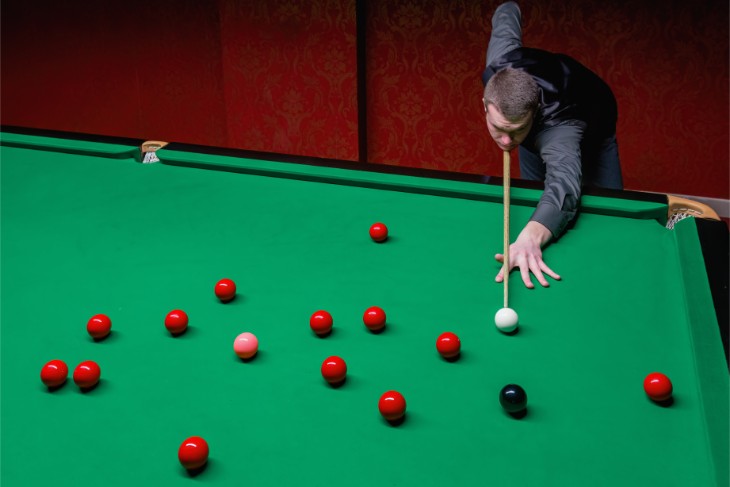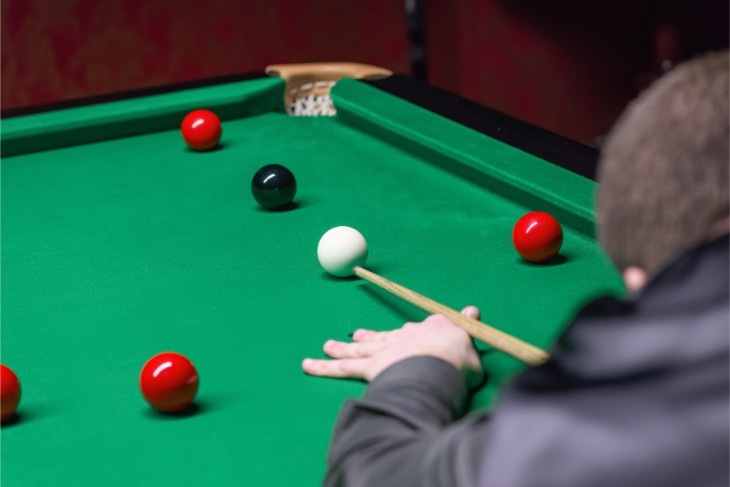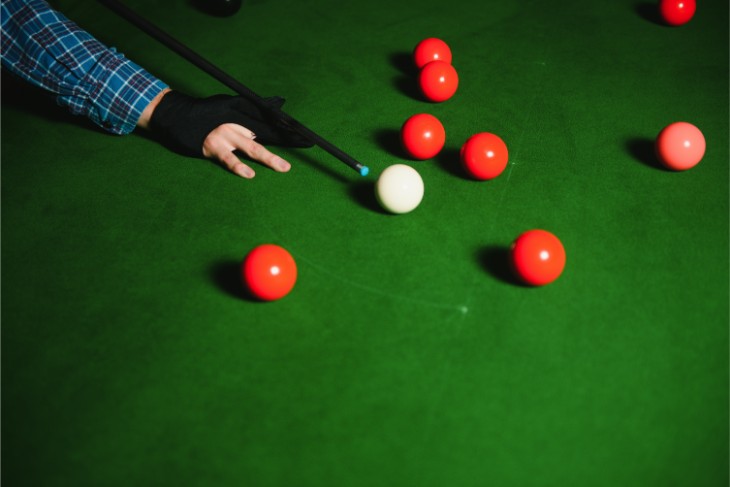Snooker is as much a game of precision and strategy as it is of equipment. Over the decades, top professionals have honed their skills using cues that perfectly match their style of play. From weight and balance to tip size and customization, a player’s cue can be as individual as their playing style. In this guide, we explore the factors influencing cue selection and take a closer look at some of the sport’s most famous names.
Why Cue Preferences Matter
Choosing the right cue isn’t just about aesthetics—it’s about performance. Here are some key factors professionals consider:
- Weight & Balance:
A well-balanced cue allows for smooth stroke mechanics. Some players prefer a heavier cue for added stability, while others opt for lighter cues for quicker response times. - Tip Size & Material:
The tip size (often around 9.5 mm to 10 mm) affects control and power. A smaller tip can offer greater precision, whereas a slightly larger tip may provide more forgiving contact on the ball. - Customization:
Many professionals have cues built to their exact specifications. Custom tweaks may include low deflection shafts for straighter shots, tailored butt shapes, or unique grip materials. - Personal Feel:
Ultimately, the cue must feel like an extension of the player’s own body. What works for one champion might not work for another, which is why so many pros work closely with cue makers.

Profiles of Top Snooker Players & Their Cue Preferences
Below are examples of several well-known professionals and the characteristics they typically look for in a cue:
Ronnie O’Sullivan – “The Rocket”
- Style & Preference:
Renowned for his speed and natural flair, Ronnie favors a cue that is light, well-balanced, and designed for rapid, precise play. - Typical Specifications:
- Tip Size: Around 9.5 mm
- Customization: Often built to reduce deflection, allowing for those fast, snappy shots without sacrificing accuracy.
- Insight:
Ronnie’s preference for a low-deflection, custom-built cue helps him maintain control during his trademark quick-break building and long pots.
Stephen Hendry – The Precision Maestro
- Style & Preference:
As one of snooker’s all-time greats, Hendry’s success was built on pinpoint accuracy and controlled power. His cue is engineered to provide consistent performance shot after shot. - Typical Specifications:
- Tip Size: Generally around 9.5 mm
- Customization: Designed with a balanced weight distribution to support his steady, methodical play.
- Insight:
Hendry’s cue reflects his precise technique—reliable and consistent for a game that demands split-second accuracy.
John Higgins – The Aggressive Strategist
- Style & Preference:
Known for his dynamic break-building and assertive playing style, Higgins opts for a cue that delivers both power and precision. - Typical Specifications:
- Tip Size: Around 9.5 mm to maintain a fine balance between control and power
- Customization: Tailored to enhance his ability to execute both delicate positional plays and forceful potting.
- Insight:
His custom cue is a perfect blend of responsiveness and heft, ideal for the varied demands of his competitive play.
Steve Davis – The Classic Champion
- Style & Preference:
A multiple-time world champion, Davis’ cue choices mirror his emphasis on consistency and a classic approach to the game. - Typical Specifications:
- Tip Size: Often around 9.5 mm
- Customization: Crafted to offer excellent feedback, ensuring that every stroke is measured and deliberate.
- Insight:
Davis’ choice of a traditionally styled, well-balanced cue has long been a staple in his successful career, proving that sometimes classic is best.

Mark Selby – “The Jester from Leicester”
- Style & Preference:
Known for his tactical acumen and solid safety play, Selby’s cue is designed to give him maximum control over both subtle and aggressive shots. - Typical Specifications:
- Tip Size: Generally maintained around 9.5 mm
- Customization: Adjusted to balance control with the power needed for long-range pots.
- Insight:
Selby’s cue is a tool that complements his strategic mindset, allowing him to shift seamlessly between defense and offense.
Jimmy White – The Whirlwind
- Style & Preference:
The charismatic and unpredictable Jimmy White opts for a cue that’s as unique as his playing style—reliable yet with enough personality to match his on-table flair. - Typical Specifications:
- Tip Size: Commonly around 9.5 mm
- Customization: Often features distinctive design elements that not only make a statement but also support his fluid, creative shot-making.
- Insight:
White’s cue embodies his blend of traditional technique and innovative style, making it a perfect match for his spontaneous approach to the game.
A Quick Comparison
Player | Playing Style | Preferred Tip Size | Cue Characteristics |
Ronnie O’Sullivan | Fast, precise, dynamic | ~9.5 mm | Light, low deflection, custom-built |
Stephen Hendry | Precision and control | ~9.5 mm | Well-balanced, reliable, consistent |
John Higgins | Aggressive, break-building | ~9.5 mm | Responsive, blend of power and precision |
Steve Davis | Consistent, classic | ~9.5 mm | Traditional design, excellent feedback |
Mark Selby | Strategic, versatile | ~9.5 mm | Balanced, controlled, suited for both offense and defense |
Jimmy White | Creative, flamboyant | ~9.5 mm | Unique design elements, customized for flair |
Note: Although most professionals appear to favor a tip size around 9.5 mm, the precise specifications—including weight, balance, and shaft design—are tailored to each player’s style. These figures are general guidelines based on commonly reported preferences over the years.
Final Thoughts
The relationship between a snooker player and their cue is deeply personal. As seen from the profiles above, every champion has crafted their tool to suit the demands of their unique style. Whether you’re a budding amateur or a seasoned pro, understanding these nuances can help you make more informed decisions about your own cue selection. After all, the right cue isn’t just a piece of equipment—it’s a partner in every frame.




.webp)


 (1).webp)




















